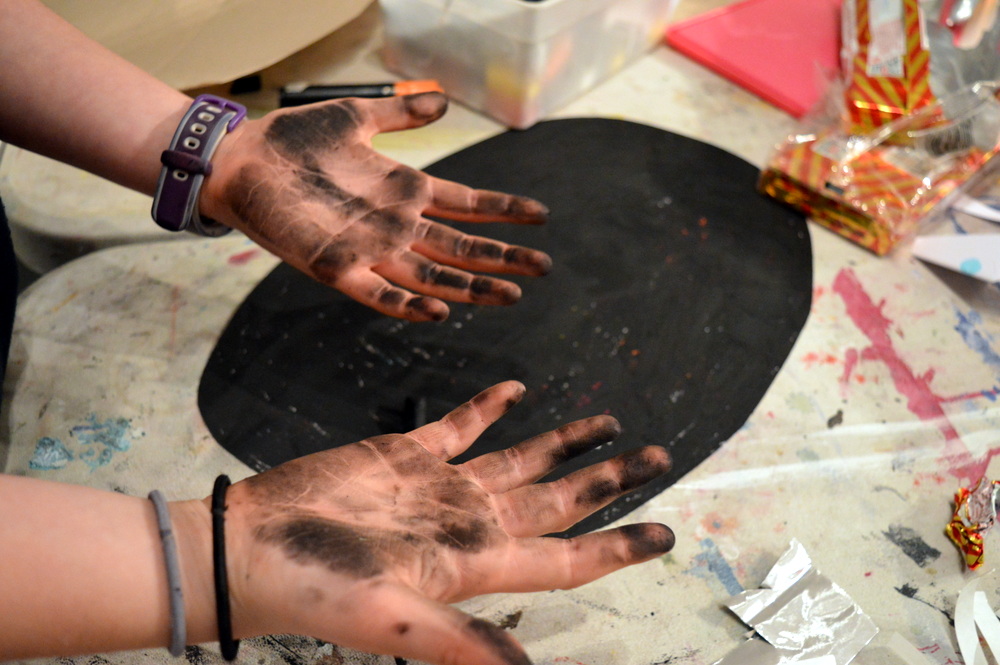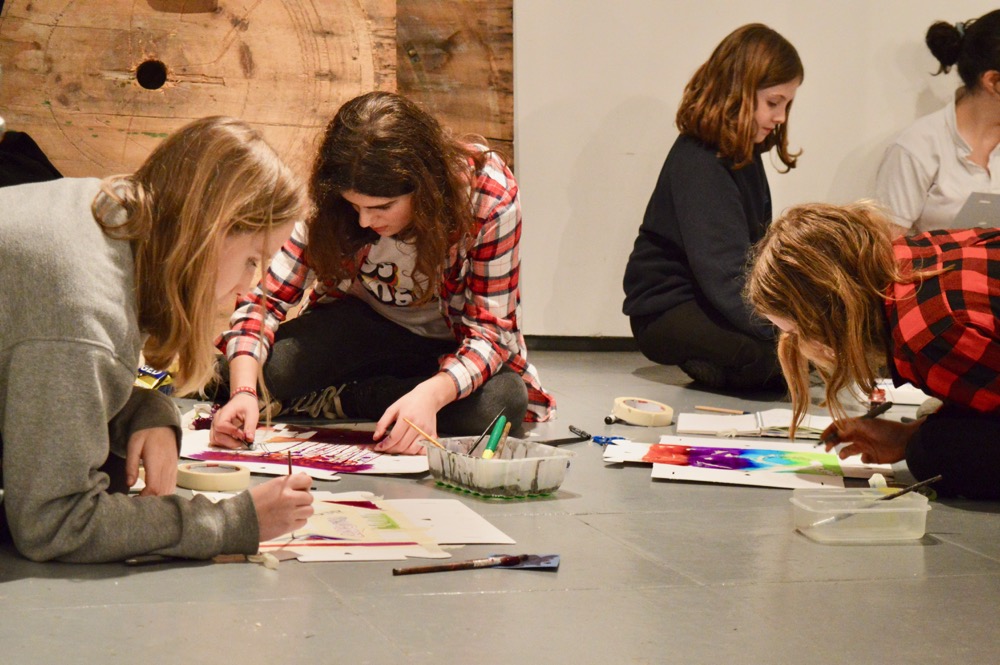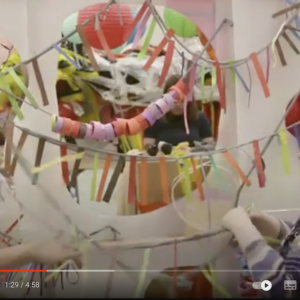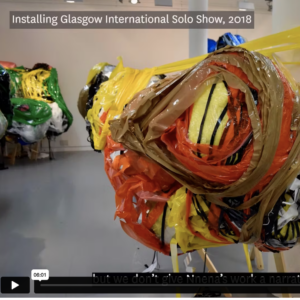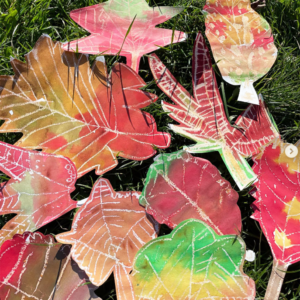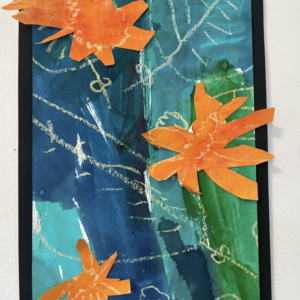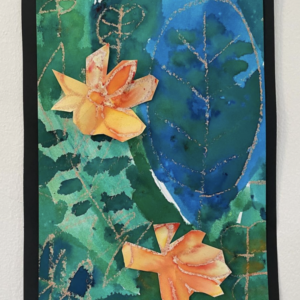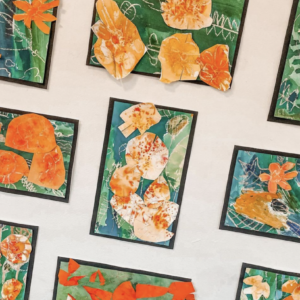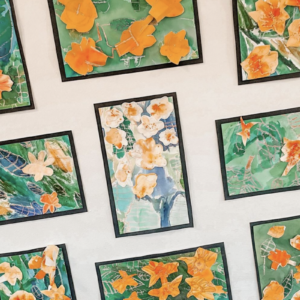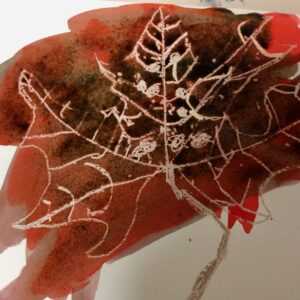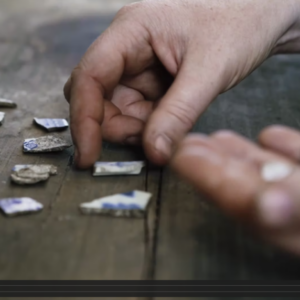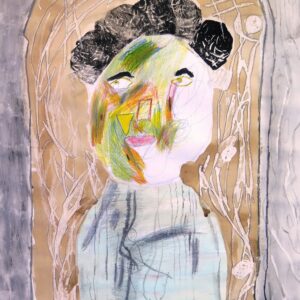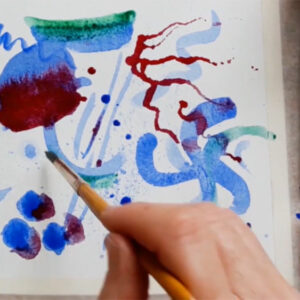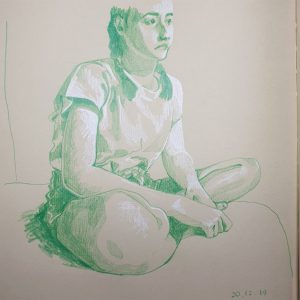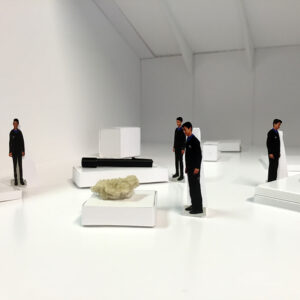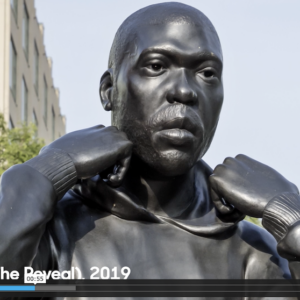By Paula Briggs
This resource shares a 10 minute drawing exercise which was used to help collect information and focus minds before a sculpture session with Year 6 children from Barton Church of England Primary School. Children were studying Anglo Saxon architecture and went on to make Sculpture Inspired by Anglo Saxon Architecture.
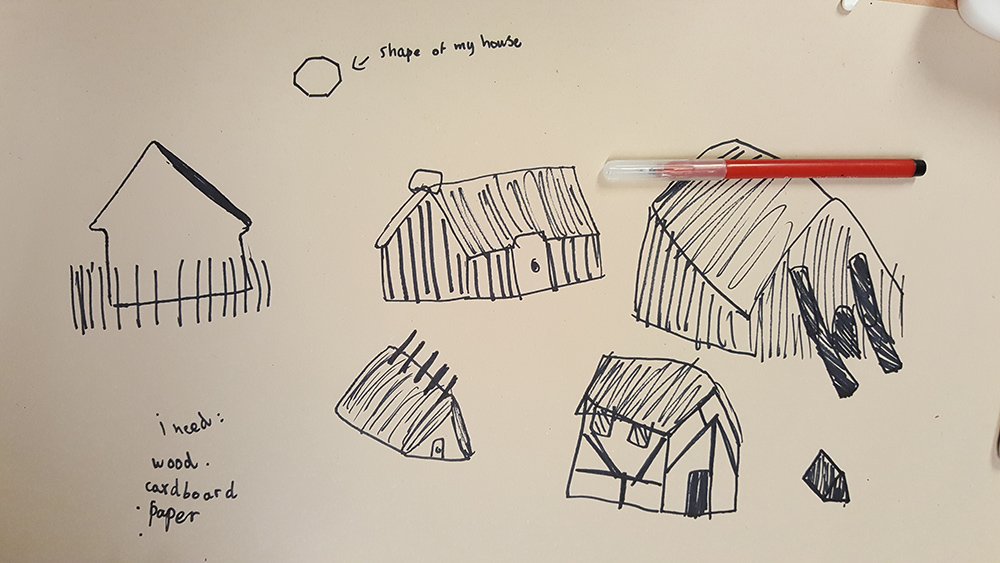
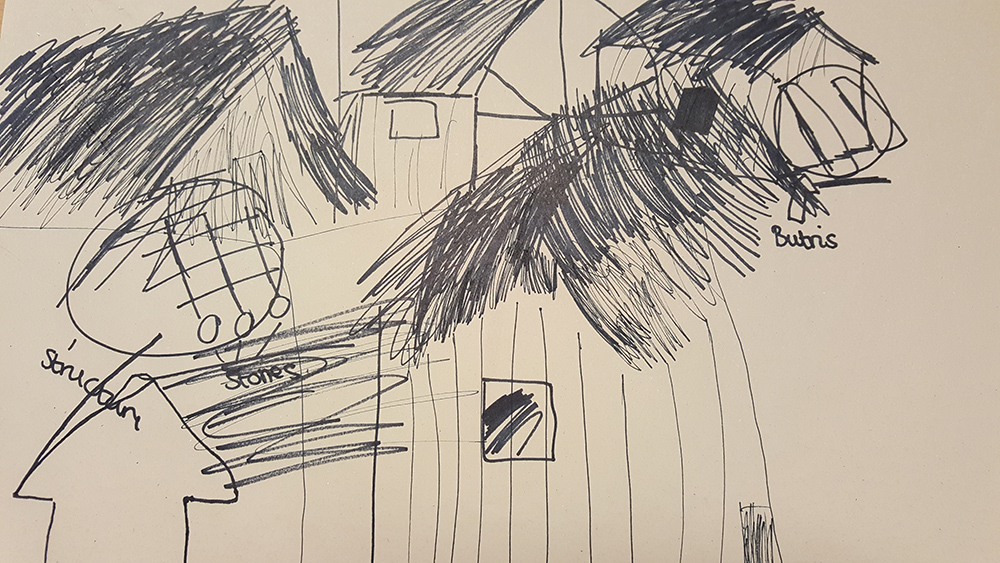
The exercise is one of many guided drawing exercises we use which are ideal for enabling a group or class of students to explore new ideas in a supported way. In guided drawing exercises the facilitator helps guide and inspire the drawing process through speech – the two happening simultaneously.
To access all content, I would like to join as…
AccessArt is a UK Charity and we believe everyone has the right to be creative. AccessArt provides inspiration to help us all reach our creative potential.
